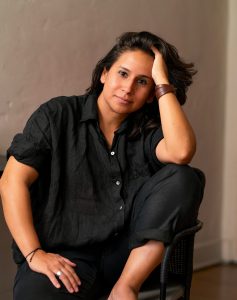
Today we’d like to introduce you to Jessica Pantoja.
Hi Jessica, it’s an honor to have you on the platform. Thanks for taking the time to share your story with us – to start maybe you can share some of your backstory with our readers?
While in college, I was a bit of an overachiever, and during the weekends, I made time to participate in an entrepreneurial program. Since then, I have primarily focused on film and developing my career as a filmmaker, specifically as a Director of Photography. But during the lockdown of 2020, I took time to ponder on my position at the time and decided that I wanted to focus on taking control of my creative and professional life, to tackle goals I’ve had for many years and which I have put on the side because I was spending all my time developing my filmmaking career. I decided to apply my film education and unique background in Science in Communication and business to create different projects and business ventures.
Alright, so let’s dig a little deeper into the story – has it been an easy path overall and if not, what were the challenges you’ve had to overcome?
Different stages of each project have had their own rhythm. As a person who likes to design and create, whether it is a film look or a brand’s identity, I thrive in finding solutions and creative ways to overcome difficulties or develop something completely new. So I find the conceptualization and development of an idea the smoothest part of any project; it just happens naturally. The difficulties start when it is time to find the economic resources to start from the ground. I guess it is not easy for anybody to start a business or a project, but as a single person, an immigrant without family in the country, getting the loans or economic support to begin has proven to be a little trickier, incredibly when the idea by itself it so innovative that the risk of investing feels higher as there is nothing to compare it with. Though I believe that when the ideas are good, you just need the triggering resources to get you started, and when people see that things are working out, they don’t want to miss out, and the resources continue to flow or competition begins.
As you know, we’re big fans of you and your work. For our readers who might not be as familiar what can you tell them about what you do?
I am a Director of Photography, meaning that I am the head of the Cinematography department in a movie, commercials, art pieces, etc. My job involves finding the subtext of a story and applying my technical knowledge and artistic vision to create a language that can convey the story’s emotions to the audience. But these days, things are quicker, and most of the time, there is not enough time dedicated to preproduction; resources are less because companies want to create more content with the same budgets reflecting on the quality and substance of the stories.
Personally, as a visual artist, it is hard to fulfill one’s standards under those conditions, and often the experience is not artistically rewarding. As I mentioned, during the pandemic, I took time to reflect on my life and where I was heading and realized that even though I love my profession, most of the time, I was not happy with the content of the projects or with their quality. Of course, working on those pieces that pay the rent is essential for survival. Still, it is also quite essential to feed the soul, which is why I decided to create projects that I would dream of working on that were not only creatively fulfilling but also that, in my opinion, may leave something beneficial or favorable to the world.
Currently, I am working with different teams on developing a documentary series, a documentary feature film, and a digital wine club. All from the perspective of a consumer and as a Director of Photography, resulting in innovative and refreshing projects with a lot of new things to offer.
I guess you could say that my specialty is to be a visual communicator, using Cinematography as my weapon of choice. And I suppose I am known for my ambition, for constantly challenging myself and the boundaries of the medium I specialize in. But also on how I use my creativity to mix ideas that you may not think can blend… and there is always water involved in all of my projects, in one way or another… but the point of it all is to create things for people to enjoy, share experiences with others while expanding their cultural and social boundaries in hopes to create a better world.
What has been the most important lesson you’ve learned along your journey?
There is nothing more important than to work towards becoming the person your younger self would be excited and proud to become. To work as an adult towards fulfilling the goals and dreams one has as a child and to live up to their values and standards because we never really stop being that little person. We just settle in our ways and lose the ability to chase dreams and challenge boundaries out of fear of failure.
I noticed I had deviated from a path of self-realization because I found a route to be professional and economic development, drifting me further and further from my initial micro-objectives. Even though I am grateful and proud of all the work I’ve put into becoming a successful Cinematographer, I also realize that time is finite. At some point, one has to take time to recalibrate. I genuinely don’t want to face my end and owe any dreams or experiences to myself because I kept going on autopilot, mainly seeking financial stability. So now I am focusing on being as creative as possible to find a way to be a productive, functional, and successful adult while incorporating my childhood dreams and personal development into my daily and professional life (at least I’ll try …I guess there is no failure in trying).


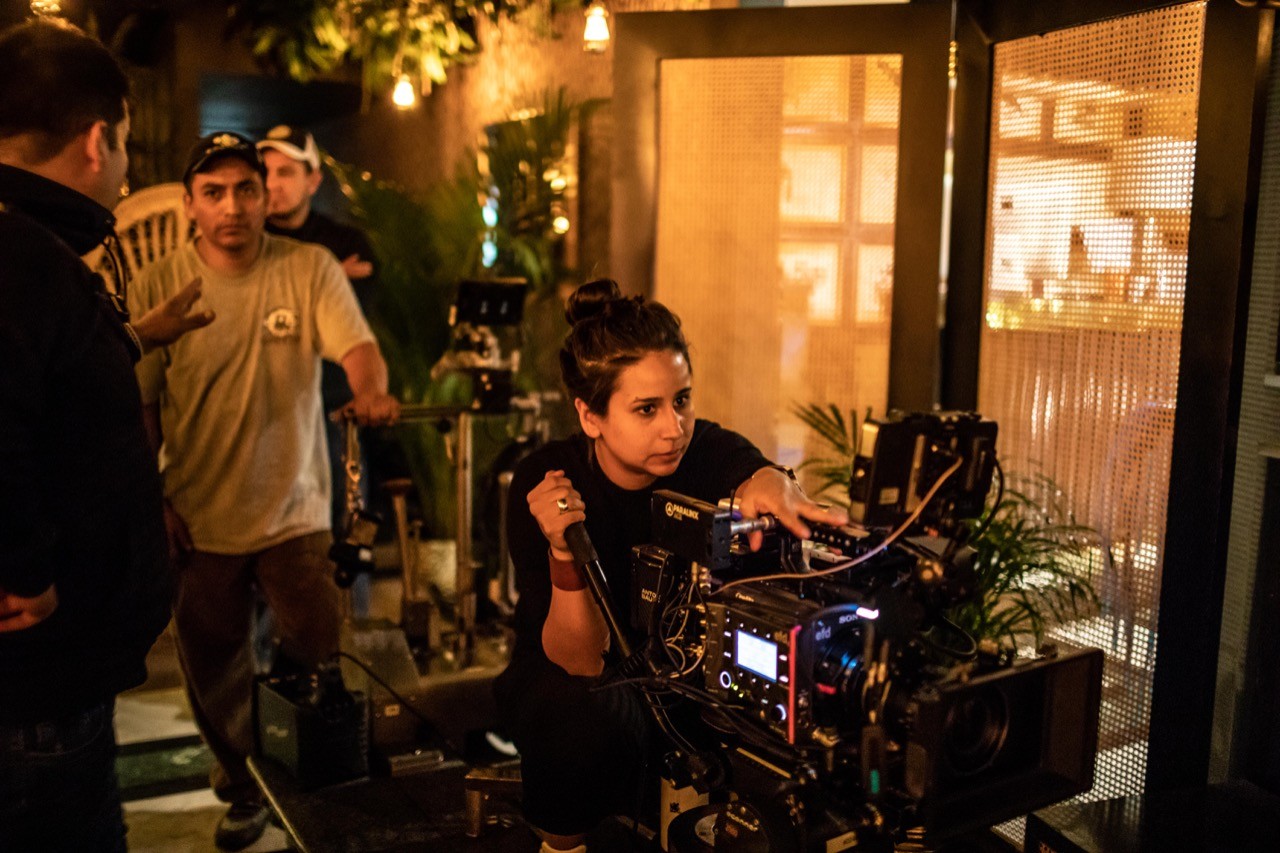
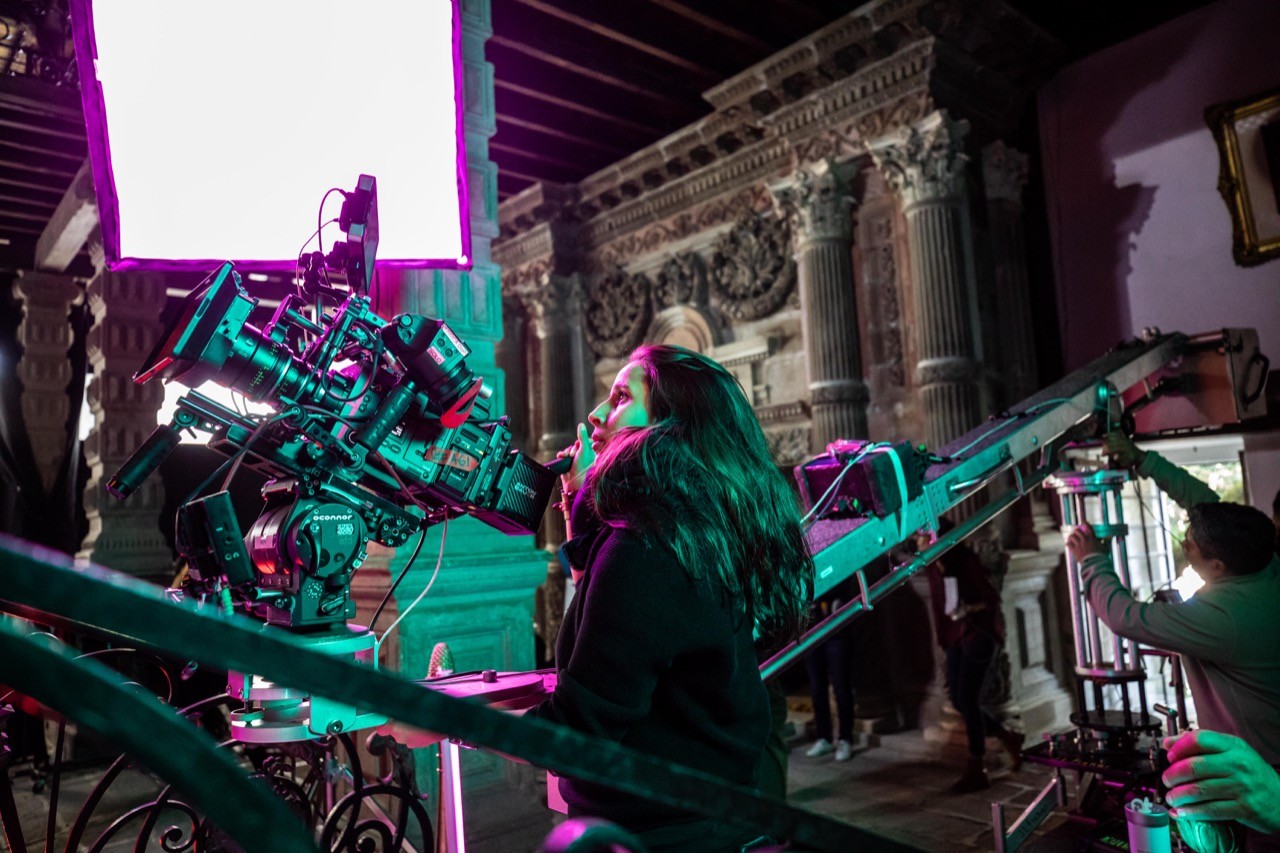

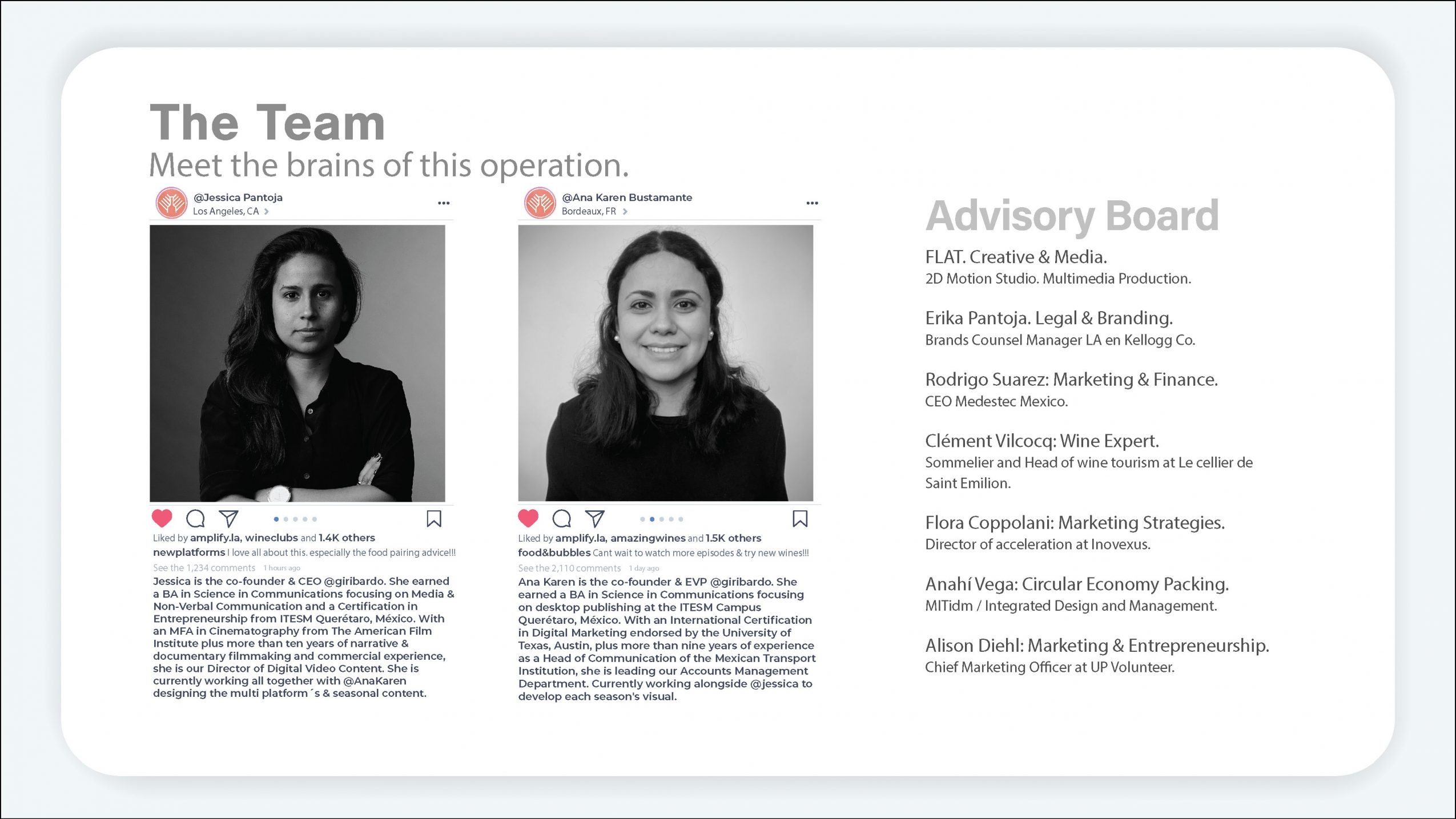
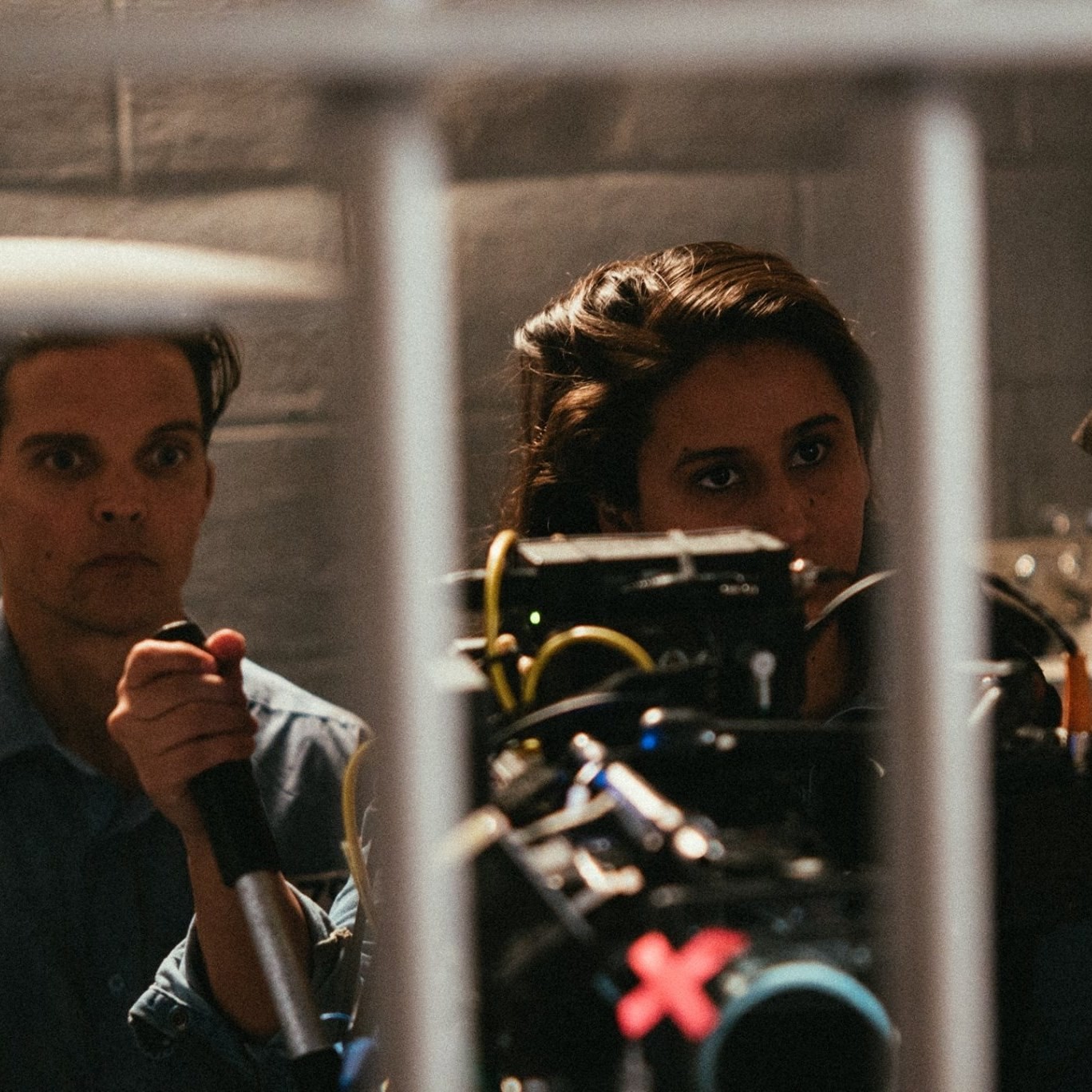

Image Credits
Images on People of The Water: from google images. I do not take credit for any of those, they are used as visual references to showcase the envisioned tone and creative ambition of the project. Pictures of me: Profile: Nina Ham Working: Ramon Sampaio














